Abandoned WIltshire: RAF Chilmark | Urbex
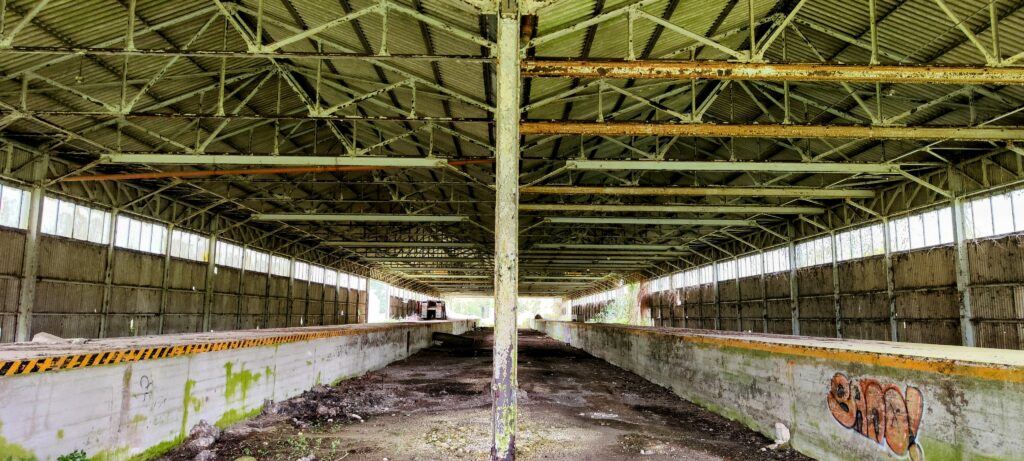
Chilmark was a small limestone quarry that provided stone used in the construction of Salisbury Cathedral. The quarry closed in 1935 as demand for limestone as a building material decreased. The quarry and land around it was bought by the RAF in 1936.
Pillars were added to support the roof of the structure, and entrances were strengthened to transform the quarry into a munitions store. Underground tunnel systems were made accessible from the surface by a narrow gauge rail, with transhipment sheds and surface storage. Munitions were then transferred from narrow-gauge to main railway at Hams Cross.
There are many remnants of the munitions store left in the surrounding area- including a transfer shed, engine storage shed and magazines. The proof yard where munitions were assembled is now used by a search and rescue charity. Other businesses have taken up residence in parts of the facility, including a wine storage company. RAF Chilmark closed as a depot in 1995 although site clearance continued until 1997.
Please note: This site is used by a number of businesses and organisations, and is active and secure. Do not attempt to gain access without permission. The mine itself is listed as operational.
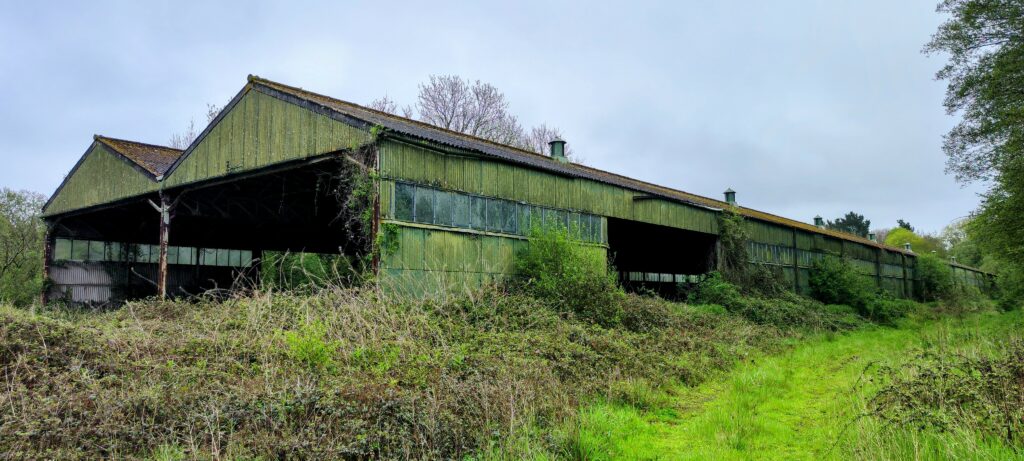

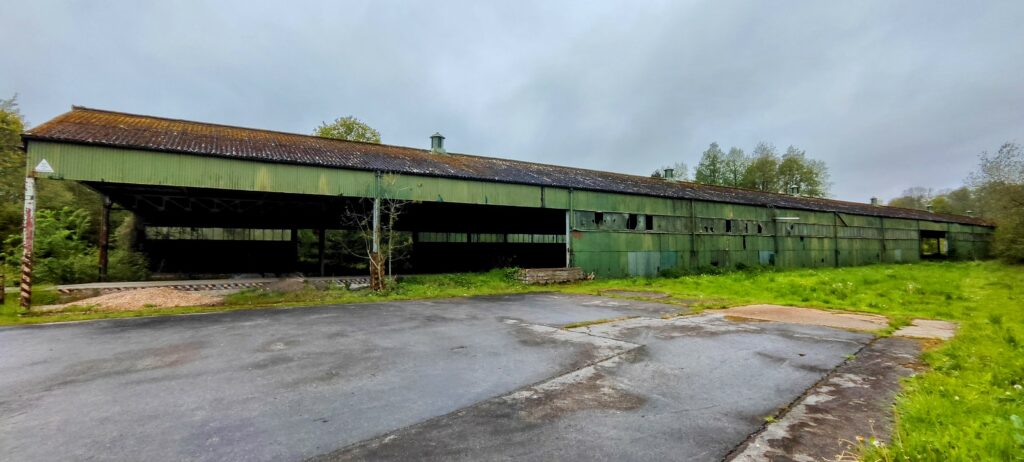


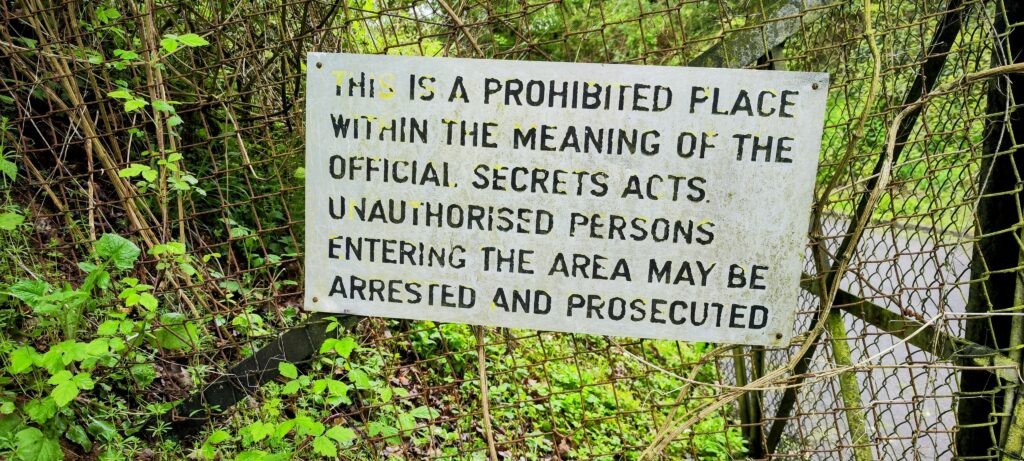
Exploring RAF Chilmark
The underground facilities of RAF Chilmark have been tempting us for some time now. Some bunkers are still in use, while others lie abandoned, this vast facility looks like an underground maze that is ready to keep giving.
Come to think of it, this entire area is littered with underground WW2 facilities. Optimal rock and terrain for drilling into? Check. Well connected by road and rail? Check. Far enough away from populated areas? Check. Heavy military presence? Check. This area has become well known amongst urban explorers for underground exploration, so much so that several years ago, one abandoned bunker was raided and discovered to house an entire cannabis farm!
Surely… SURELY… if one person/team is able to embed themselves and an entire cannabis farm underground for weeks and months at a time, surely we, a team of three, can sneak ourselves into one bunker for an hour or two?…
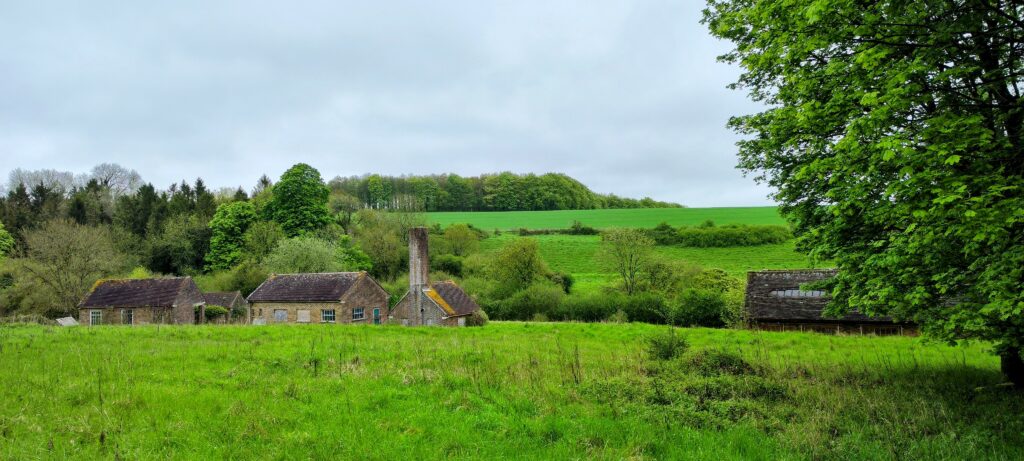
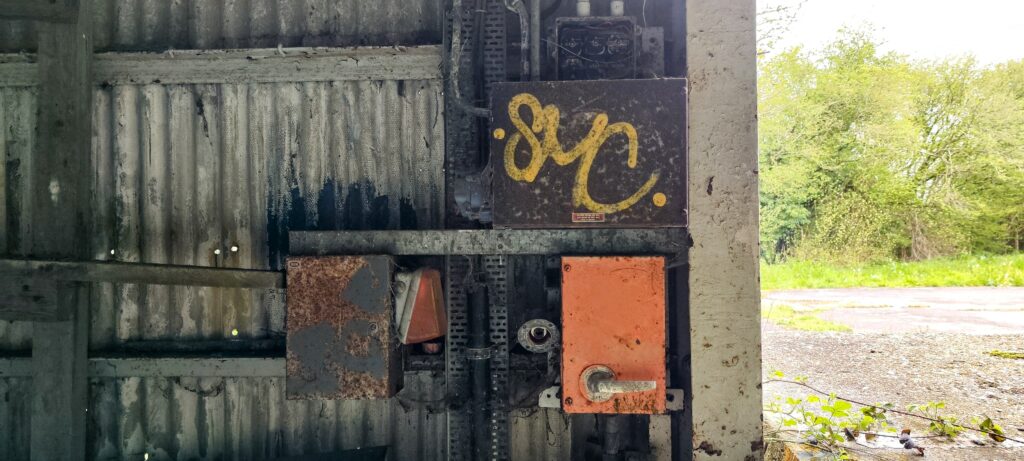
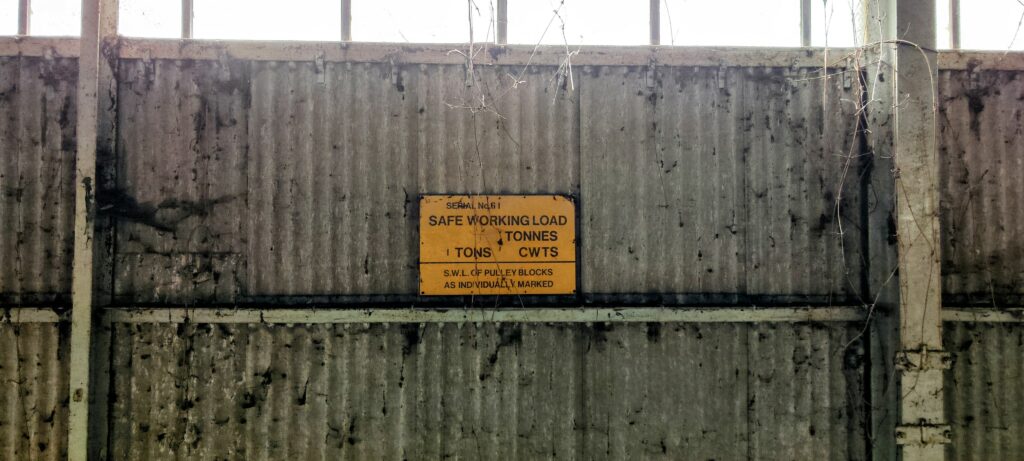
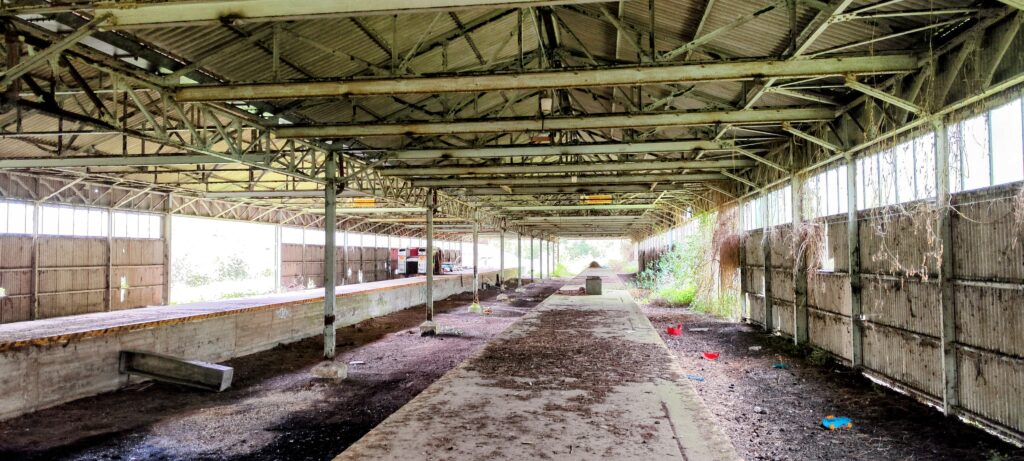
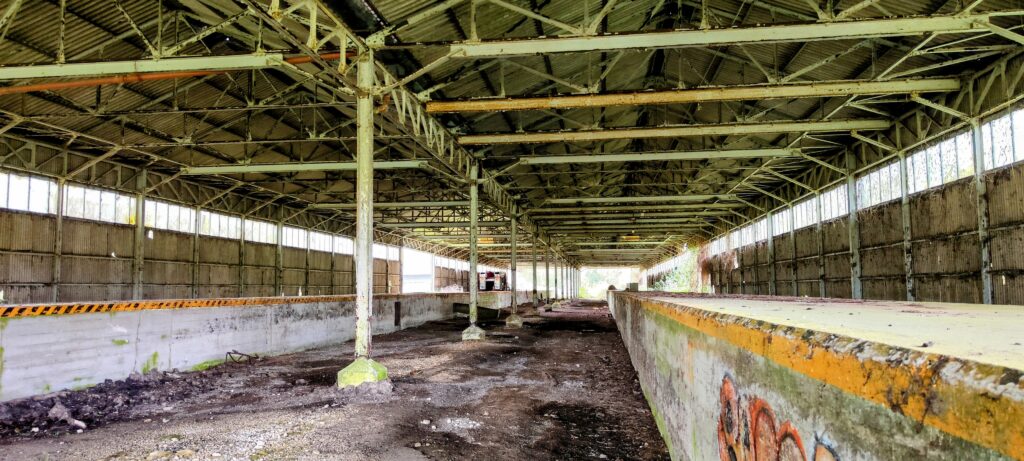
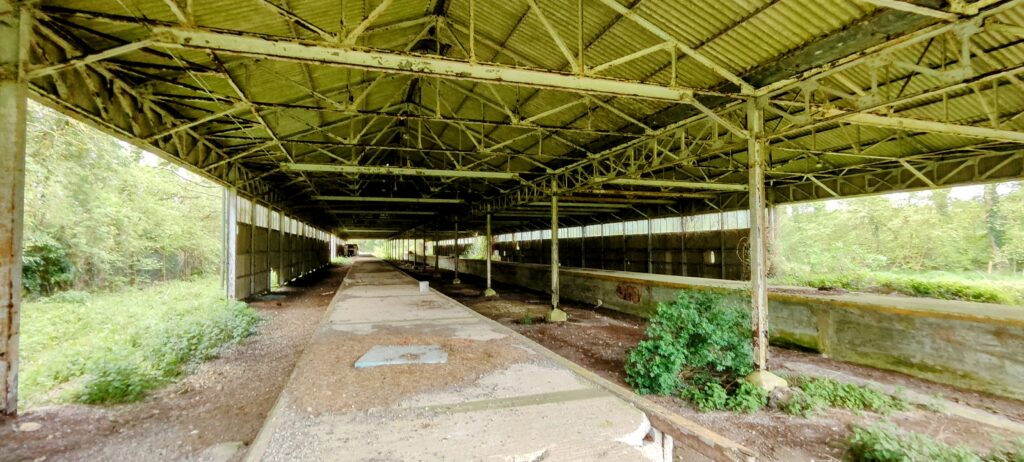
We rocked up to the area, although we knew what buildings we wanted to explore, we weren’t sure about how easy entrance would be. We soon discovered it’d be trickier than we thought, as a small silver sports car kept passing us and watching our every move. As we slowly passed the area one more time, we noticed the main entrance gate was wide open and a 4×4 vehicle with a trailer sat inside by a building called: The Train Shed. The driver was still in his seat.
Our driver pulled over and I started to joke that I should wander up to him and just ask if we could have a look around.
‘Go on then’ Our driver urged.
‘You really want me to go up and ask him?’ I asked, the tone of my voice actually saying: ‘You dare me?’
‘Go on.’ The driver replied with a grin.
‘Ok.’ I flatly finished, climbing out the vehicle and crossing the road.
I introduced myself and my team to the man and explained our interest in history, the man introduced himself, a very kind gentleman called J, who shared our interest in history, particularly in trains. He explained how the sheds were now just storage units rented out and while he used it for storing a few spare bits and bobs, he enjoyed the fact his workshop used to be a diesel engine shed with a pit for examination. The railways that the engines used to ride in and out of the shed still exist.
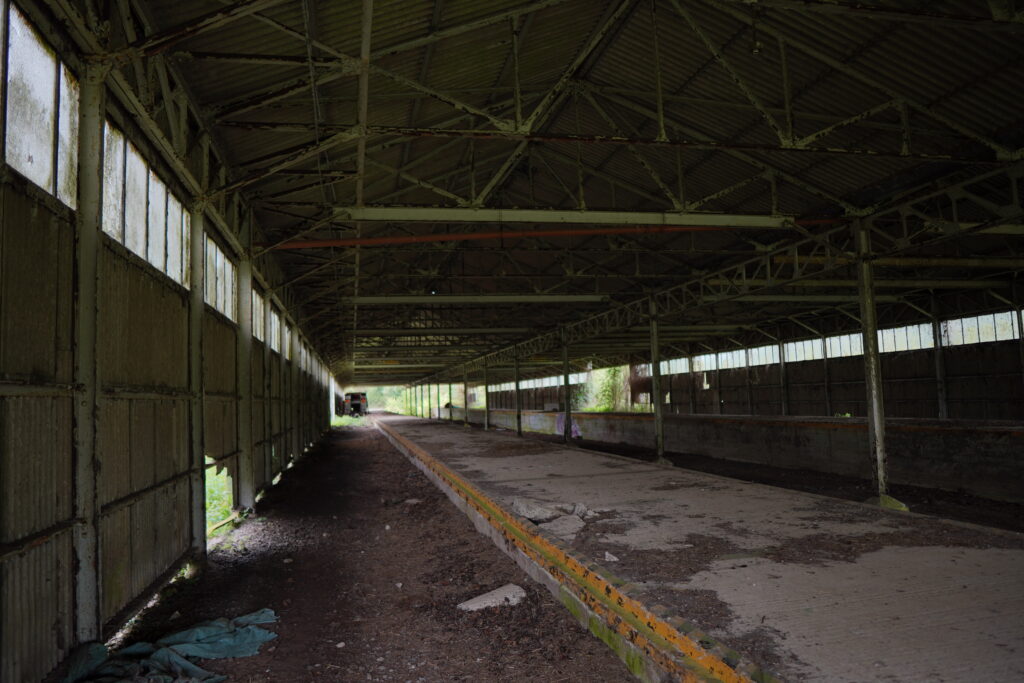
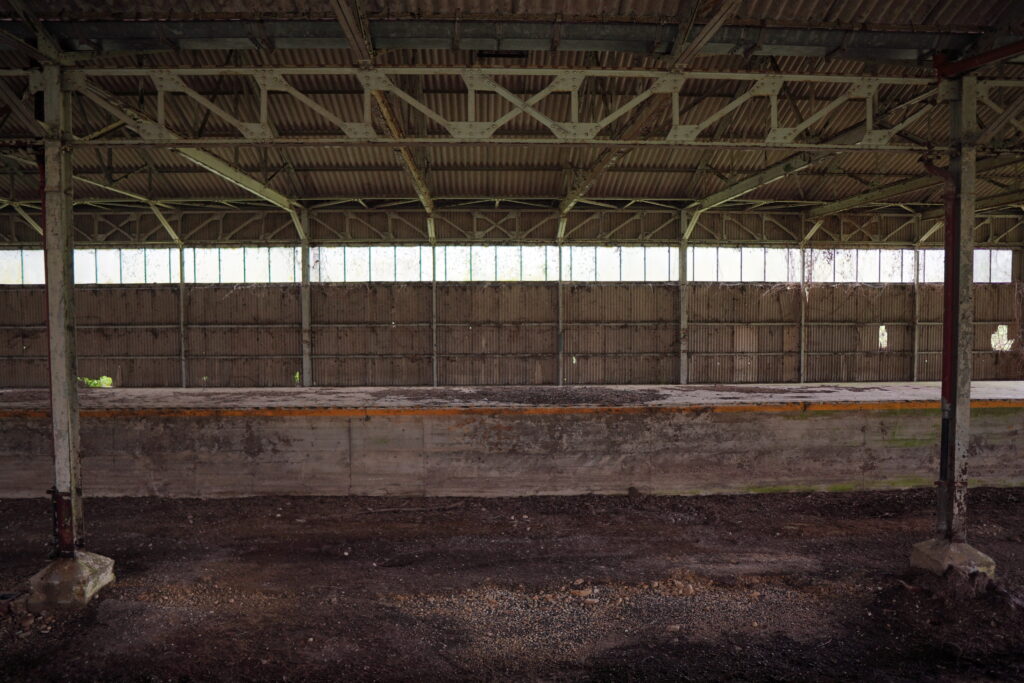
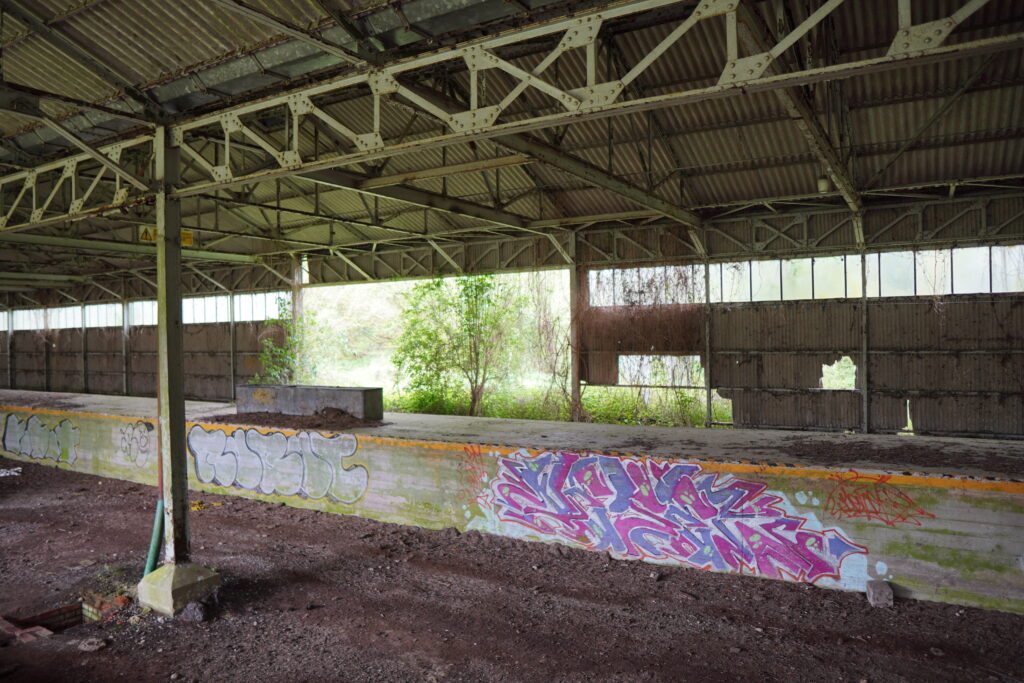

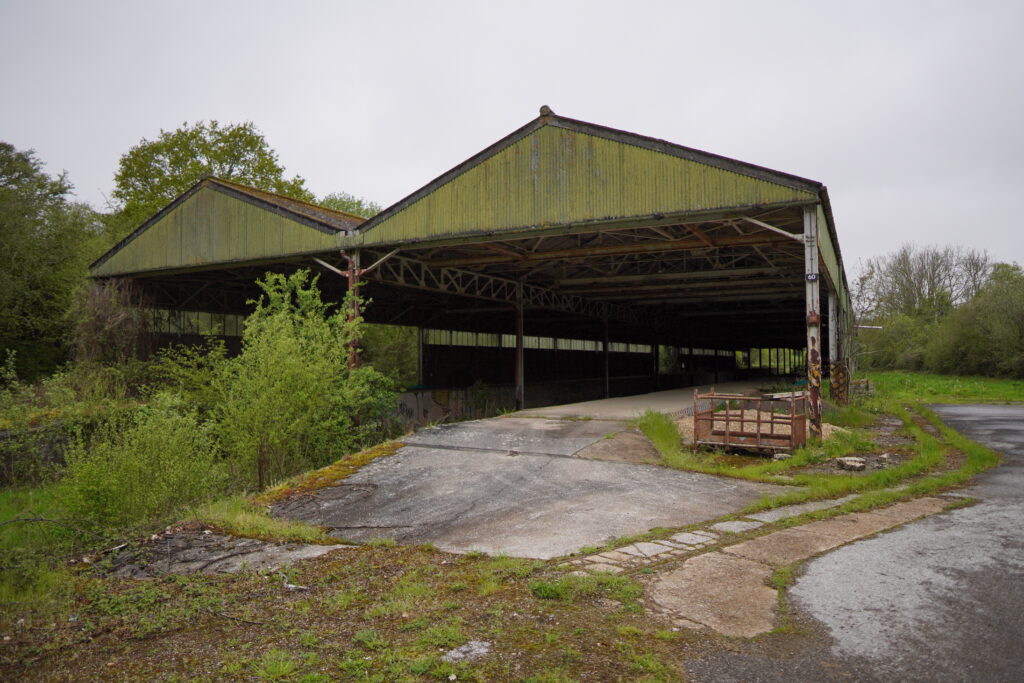
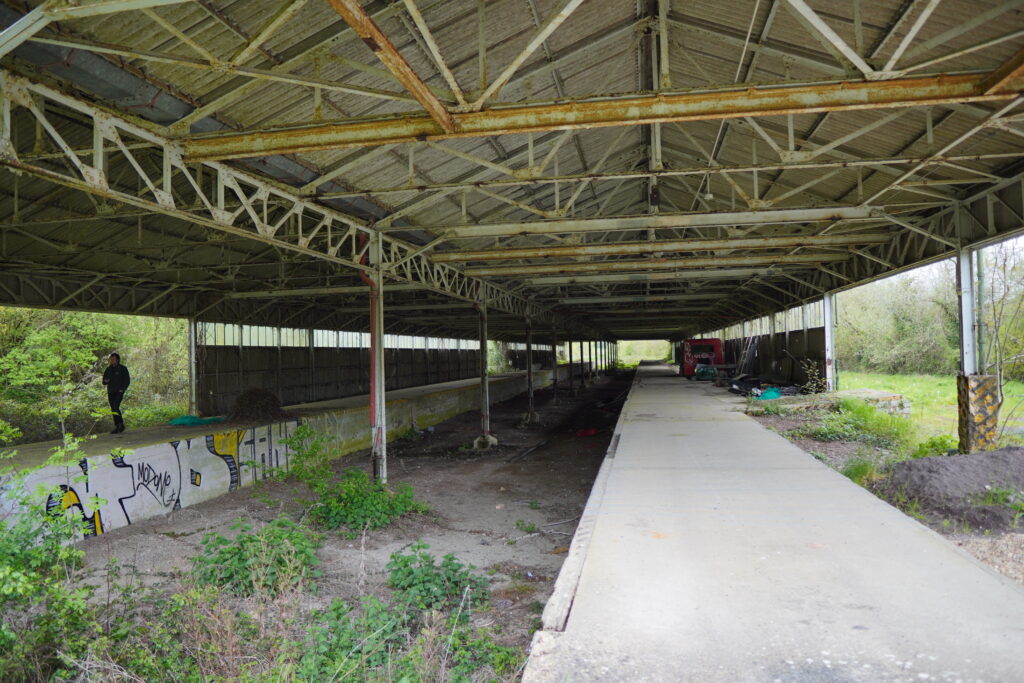
J then explained the nearby station structure to us. He explained it was a transfer yard, we asked if we could go and look and J answered: Of course!
After stepping through long and wet grass, we easily found the transfer yard. The station and it’s purpose was clear to see. Mainline trains would arrive at this station, you could see where the standard gauge tracks would run down the centre of the structure, then the munitions would be carefully unloaded, be gently carted across the platform and then go onto narrow-gauge (smaller railway) trains, which would carefully pull the hazardous cargo away and into the hills to be stored in the confined spaces underground until they were needed for the war effort.
The overall structure of the transfer yard has survived surprisingly well. A few walls were knocked through, the concrete towards one end of the station was crumbling, the standard gauge rails have obviously been removed and standard vandalism had taken place: graffiti, smashed windows, occasional litter, etc. But the overall structure was still in good condition. There were even narrow gauge tracks towards the far end of the station, still in good condition, albeit leading nowhere.
Looking further off the station, you are met with the Ham Cross Business Units, you can also see a bridge where the main road crosses over the line the railway used to run. Looking on satellite images, the scars of the railways are clear, a few hundred metres past the bridge, the line used to then join the mainline, which is still in service to this day.
The platforms held one main surprise for us: The body of a fake fire engine sat on where the narrow gauge line used to be. According to J, a nearby search and rescue charity uses the transfer yard for search and rescue training. So despite the transfer yard not being active anymore and a resigned relic of the last, the fact it still sees action, for the benefit of those in need of rescue, makes you want to smile.
After a happy goodbye to J, we prepared to leave the area, but we stopped to get a last few photographs. I told the driver that I would head off around a corner to photograph some inactive narrow gauge rails that cross a main road. As I photographed them (with the security car passing by me one last time), I noticed that the track led down the pavement down the side of the road, so I followed it along. The track ended abruptly at a fence, I followed the fence around and found myself looking at the entrance to the Chilworth Estate. This estate, although now privately owned, used to be the RAF headquarters.
No signs saying to ‘keep out’ or ‘no public access’… In I go.
I spot the railway crossing another road off to the side of the entrance, I snap my photographs. But, the railway keeps leading away further into the estate and there’s still no signs saying I couldn’t be following the tracks…
So, I follow the tracks.
The tracks followed a path which had been carved out of the Earth, I soon found myself walking a path at the bottom of a small valley that was just about wide enough for a car. The rails disappeared into the Earth, but I kept going, the valley kept gradually getting deeper and deeper, until eventually, I was about two storeys deep in a valley and there was a small hut in front of me.


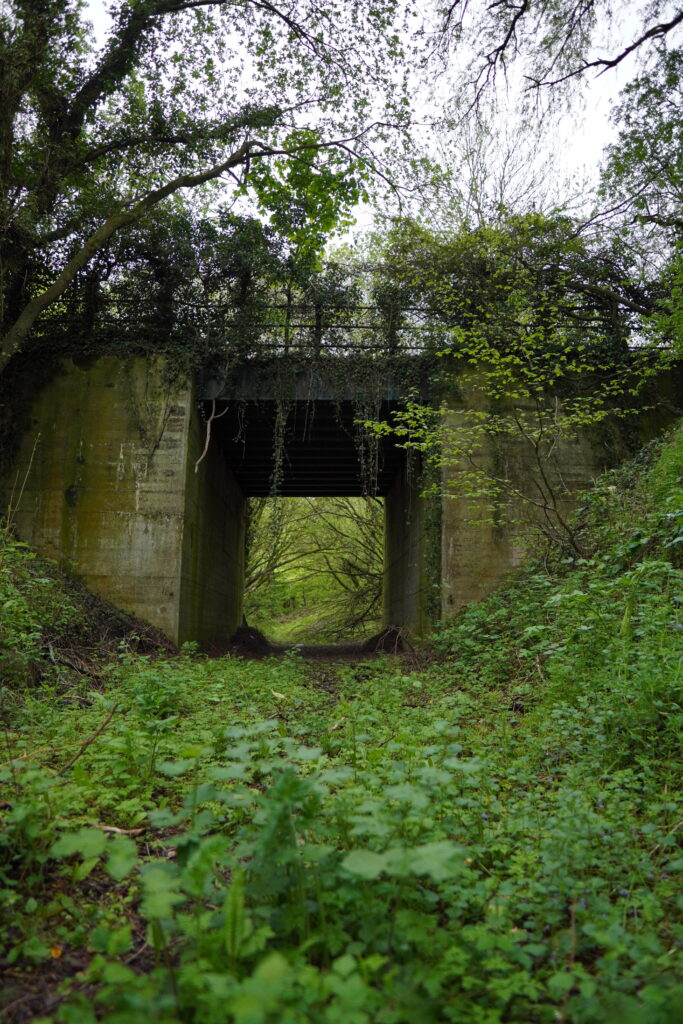
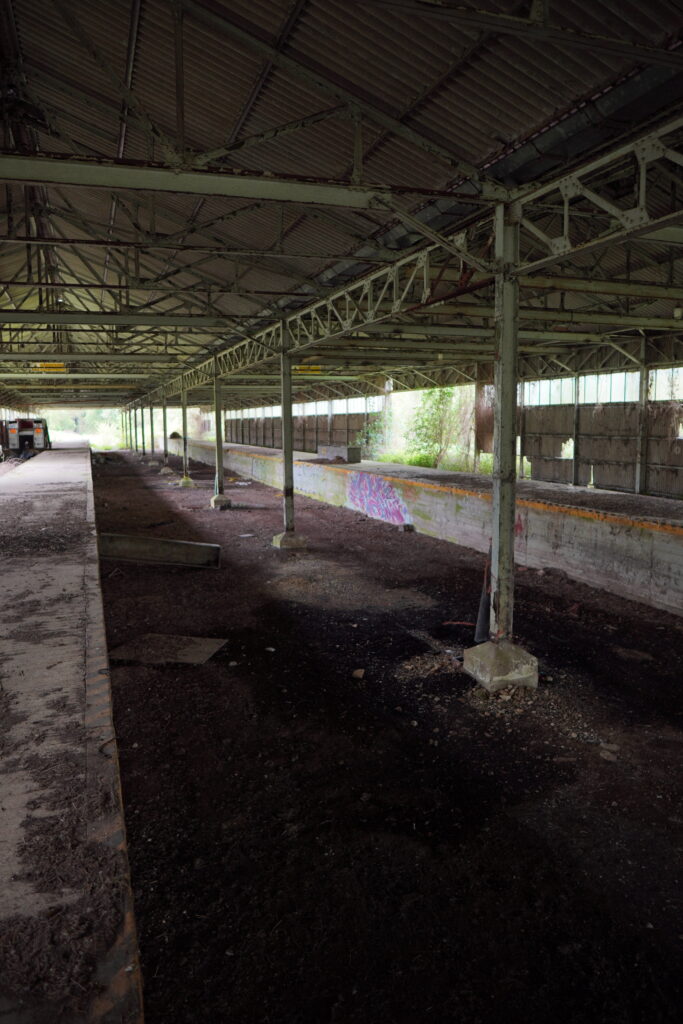



The hut was small, but, although slightly weathered, was well kept and the front door was still clearly labelled: Mine Office. Despite this interesting find, I was more interested in what lay behind the office hut.
The valley came to an abrupt stop, behind the hut was a sheer cliff. However, a large metal frame was deeply embedded into the rocks, supporting a set of heavy, weathered, steel doors, with a comically small: ‘Sound Horn’ sign dangled just above the doors.
We had heard about plenty of other storage bunkers in the area, but we hadn’t read about a mine entrance directly under the Chilworth Estate. This took me by surprise.
There was a narrow gap between the doors, so I took my camera and pointed it down the shaft; the railways that I had followed to this large door re-emerged from the ground, leading into the pitch black mine. Even when adjusting my camera settings, they revealed very little aside from a few support beams.
I stared into the pit, the cool air from the mine flowed out of the gap, the railways leading forward into the unknown, it was like this damned mine was beckoning me to explore the depths and uncover the lost history.
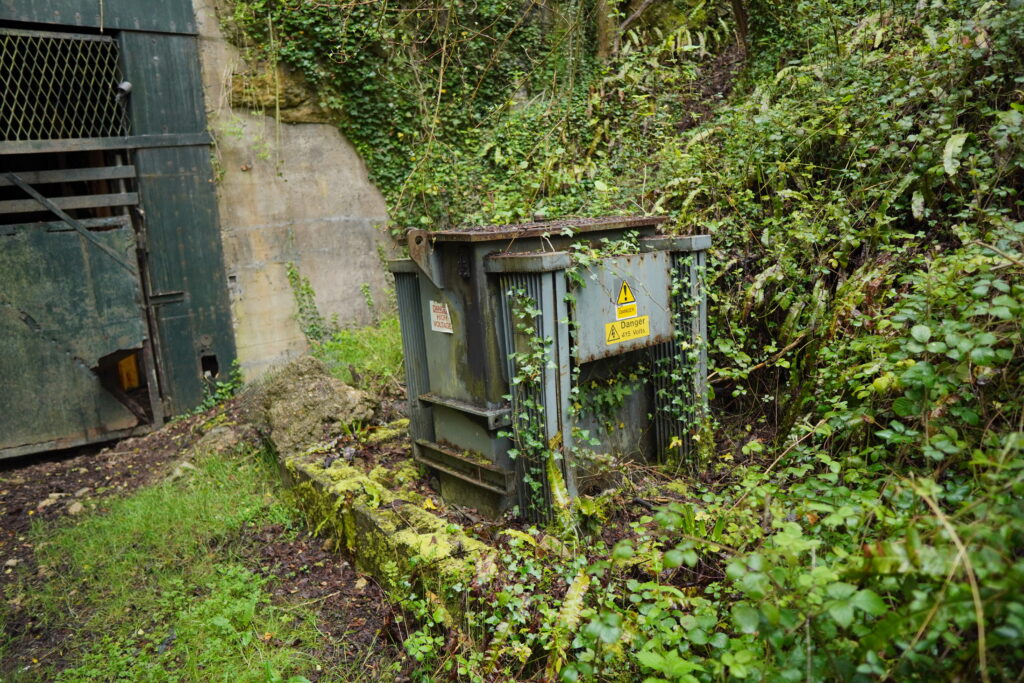

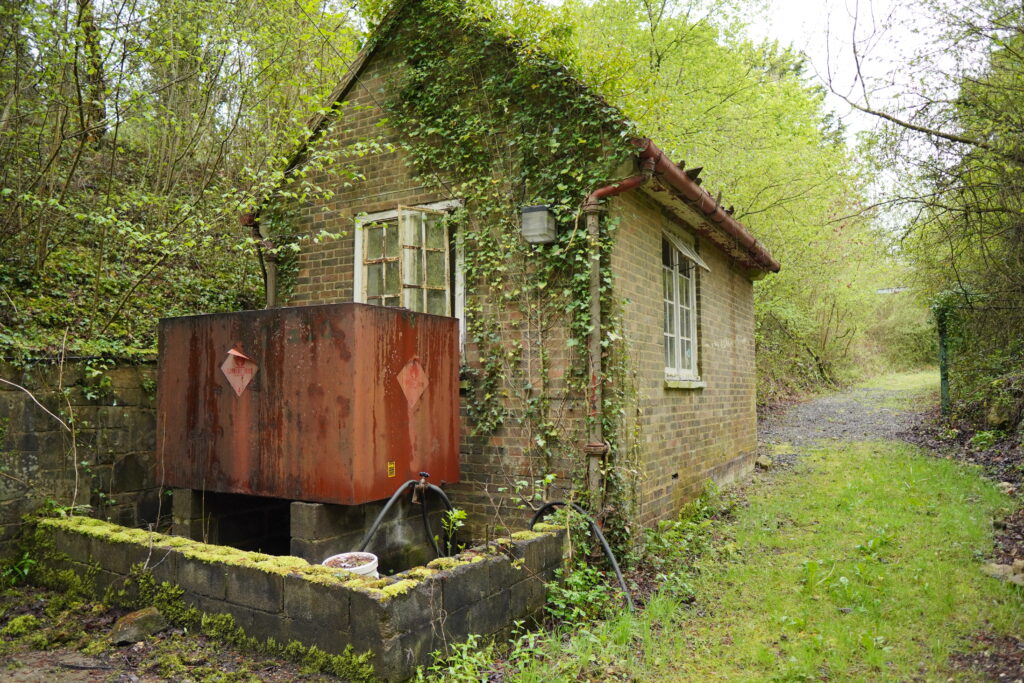
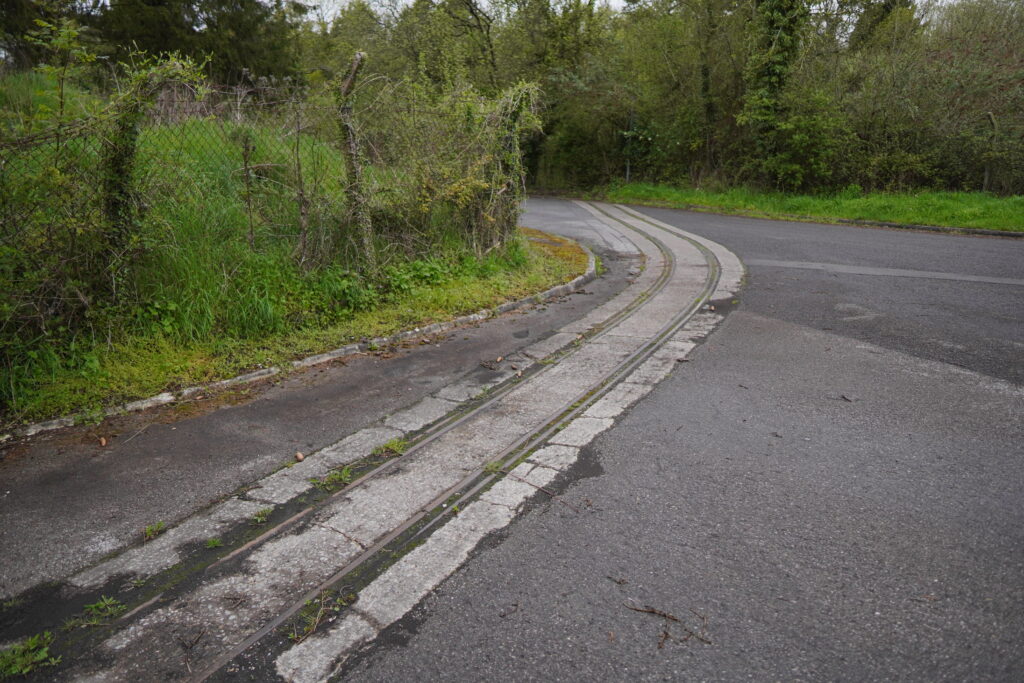

Given my friends were waiting on me, I decided to wait until another time. The mine under Chilworth Estate still awaits our return.
The website lists the Chilworth Mine as operational, although it certainly did not look it, it also lists the Transfer Yard on the website as: ‘As yet undeveloped’. It does leave you to wonder what may be in store for these monuments to the local hidden history beneath the Earth. Will they be demolished and something new built? Will they be left to the elements of time? Will they be lovingly re-developed while keeping the history of the building clear to see?
Last Updated on 19 December 2024 by Michael





All trespass to this land will be prosecuted. We have active CCTV and ANPR monitoring. All of these buildings are individually rented by companies and charities- they are not abandoned.